How much is all this costing? Plus, 22 of your other Burning Budget Questions around our Renovation
September 21, 2020
This post is sponsored by YNAB
The other day on Instagram, we sent out a call for questions regarding the financials around renovating. There were so many amazing questions, so we tried to grab those most frequently asked (and juicy!) ones, so we can answer them here. We’ve learned so much over the last 12 years about budgeting for projects and hope to shed some light on this topic. Design, time, space, manpower, a plan; all things needed for your renovation/remodeling. But let’s be honest, probably the aspect of renovating that scares people most is the money. Reading through your questions, I realized there’s a lot of mystery around it. Can I afford to renovate?! How can I get there?! But something I realized over the last decade plus, is that just like buying a house or having a baby or ….laying tile for the first time, it feels intimidating UNTIL YOU DO IT.
A big part of renovating is budgeting. In fact, I would feel 100% confident in saying we are able to renovate BECAUSE WE BUDGET. So we’re going to pull back the curtain a bit, share our approach to our budget, as well as answer many of the questions sent in on Instagram from all of you.
Of course we won’t pretend we don’t then get the partners and sponsorships — we fully recognize that benefit and perk of our job — but any money saved by those things stays in our project account and goes toward our next project. For us, that means more consistent projects and keeps us and our team employed, but the principle of having the money first, has been the biggest contributor over time to our expanding project budget.
Another major piece is having a process/system for tracking your money. And not in a restrictive way – that’s the wrong mindset. In a freeing way. “We get to spend this much money on our family vacation!” “This money is going toward the bathroom!” This is for my monthly decor budget!” It’s exciting and fun to make plans for your hard-earned dollars. We’ve talked about You Need A Budget (YNAB) in the past. And since our first introduction to them, we’ve used their system as one of the tools in our toolbox for budgeting and planning out our dollars.
There are four main rules that YNAB teaches, and these are things we are so on board with:
1. Give Every Dollar a Job
Budgeting doesn’t give you more money. It gives your money more purpose.
2. Embrace Your True Expenses
Figure out what you really spend and treat those infrequent expenses (like twice-a-year car insurance or replacing your laptop every two years) like monthly expenses in your monthly budget. When the time comes to pay them, you ain’t sweatin’ it.
3. Roll With the Punches
Accept that things change and your budget needs to be flexible. You won’t spend the same amount on all categories every month, so be prepared to move money around. Moving money around doesn’t mean you are budgeting wrong; it’s a sure sign you’re engaged, and what could be more right?! We talk more about how this one came into play BIG time this year with our exterior renovation below.
4. Age Your Money
Break the paycheck-to-paycheck cycle by aiming to reach the point of using the money you earned last month to pay this month’s expenses. This is the part that is most freeing, and when you really begin to love it. This is what has allowed us to renovate more and more. We have rolled over our money and aged it for over a decade!
YNAB is offering some pretty great things to all of you, so be sure to check all that out at the bottom of the post.
Now let’s get to YOUR questions for us:
1. How do you prioritize what projects to do first?
“Wants vs. Needs” may sound oversimplified, but when we’ve been deciding where our money goes, some luxuries have had to be postponed (or cut entirely)–like our kitchen renovation this year. When we discovered that our entire exterior was covered in mold, that became the priority and renovating the kitchen went on the back burner as we focused on more aesthetic upgrades inside while our exterior took the majority of our renovation budget for the year.
If there’s nothing that needs immediate attention, you get to pick! And my advice? If your need is something not entirely fun to spend money on (those unseen things like HVAC), try to squeeze a gallon of paint in to makeover a room that way–it’s a morale booster!
2. How do you decide the phases?
One way we stretch our budget is by renovating in phases. Renovating in phases is a great way to improve a space in the short term, as you plan and budget for the long term. The first thing is to live in a space long enough to know what you don’t like about it. Let it sit, let things bother you until they get to a point where you can pinpoint them. Then set your budget for the phase 1, and list out how many of those you can tackle with your phase 1 budget. For our current kitchen, the style and layout were major pain points. Layout is expensive to change, so that was put on hold and we just made it look better for our phase 1 kitchen makeover until we save up for a gut job. Most of the other rooms in our home are also in their phase 1, not that we plan to rip them all out and start over in the future, but we definitely want to add to them down the line. Wall trim, window treatments, accessories, furniture, lighting! Personally, something I discovered about myself is I really like to get all spaces to a certain level so we’re more reflected in our surroundings and then go back around and level them all up again instead of pouring all of our resources (money) into one room, we spread the wealth (literally.)
3. Is it better to save for a room one at a time and do them as you go? Or do more at once?
I don’t think there’s a “better” or “worse” on this – it’s really what you have time, money, and manpower for. There are people that buy a house, live in a rental for 6 months while it’s completely renovated! They do it all up front! We have also taken the approach of the long term renovation spacing it out over many years. We hope to have all of our major structural changes out of the way by the end of 2021 (2.5 years after moving into our house) but we’ll spend many years after that, continually improving on spaces and adding those details that make them special and “finished.” It’s easier on our bank accounts, even if it’s not quite as convenient. One of our first projects in this house was Greta’s room, and we added an extra bed. We have used that extra bed countless times as we’ve shuffled people around while rooms are being redone. Slow and steady may also be better for mental health (decision paralysis and design fatigue are REAL and can hurt the vision for your renovation), but it’s good to think about how spaces will relate to each other too. Renovating isn’t a race. It’s not a sprint OR a marathon. It’s a real house and this is your real life. Don’t’ forget to live it in between all the dust.
4. How do you chose where to splurge and where to save?
Choose what’s important to you–and it’s not always the biggest thing that makes the biggest impact! In past kitchen renovations, we have loved saving by using IKEA cabinetry (because we’ve genuinely been impressed with how they hold up), and you can “splurge” on the hardware that goes on front, which will immediately make them look more expensive. A cabinet splurge is thousands of dollars, where a hardware splurge is maybe a couple hundred. In the balance of things, that gives your renovating budget a lot more “oomph.”
Our exterior renovation has been such a large scale that sometimes we have literally had to think “will it look $15,000 better?!” Sometimes the answer is yes, sometimes the answer is no and sometimes it’s something we can swing back around to do in the future. We chose to restore two large doors that were here instead of replacing them. We’re excited to paint our columns instead of replacing them. But in the case of our balcony railing, we chose to spend extra to get tempered glass in between the design we wanted instead of a steel grid.
5. How much extra do you need for unexpected costs?
I suppose if anyone knew that, the costs wouldn’t be unexpected, haha. But we generally budget for 30%. That might seem high, but from our experience there are always more things that come up than one would think. Whether you change the plan because a better idea comes along, or you open a wall and find a pipe that needs to be moved. You’ll never regret having more money set aside than ends up being necessary and we always roll over the extra into the next project! We’ve been rolling over our home renovation budget for over a decade now and it really helps keep the projects going.
6. Has renovating your home been more expensive than a new build?
I suppose that depends on what you want from your new build. We wanted a large lot, fully landscaped with mature trees and entertaining space, etc.. To get all of that with a new build, would have probably put building and renovating costs about on par–but when you factor in the time it takes to build and renovating being our job–it would have made zero sense for us. We make a living renovating! We purchased our home for $799K and the lot and land was everything we dreamed of. We knew we could renovate the house and make it our dream house without pricing out of our neighborhood. (Our next door neighbor’s house is currently on the market for $1.4M). Also, with building, we likely would have had to concede on location and end up further away from things or in an undeveloped area with little to no mature trees. Where it’s hard to know how the costs would have compared, we’ve openly admitted that this house has ended up being far more expensive to renovate than we planned. But we’re still enamored with it.
7. Do you have to pay contractors all up front?
No! A percentage down is pretty standard, but I would never advise to pay a contractor all up front–they are less motivated to work after that. Ha! In the case of our extended renovation, we receive an itemized invoice about every 5 weeks for the work done over that time. We look it over and there have been times where we push back on some items that haven’t been completed yet–lingering electrical or HVAC work. And our contractor has been very fair about making sure the work is actually done before we pay for it. (And usually–the subcontractor shows up pretty quick when we say we aren’t going to pay any more on that line item until they show up.)
8. Do you firmly stick to your budget or is it okay to go over?
We don’t go over budget on any project – but we do sometimes have to “adjust” the budget, haha. The main thing is, if you want to put more money toward your project, decide where that money is going to come from. It has to come from somewhere! If you have another part of your budget you can pull from in a responsible way, do it! In our case, we pulled the money we had saved for the kitchen and a future cabin and put it toward the exterior–since it was an emergency expense.
We were also lucky that this HUGE unforeseen expense came at a year when suddenly we no longer needed a vacation budget. Our entertaining budget got shifted. Our summer fun budget and even some of our CLOTHING budget moved got re-allocated as we were all staying home due to Covid-19. It’s never okay to go over your budget, aka, spend more than you have–but it IS okay, to shift your budgets. That’s the wonderful WONDERFUL gift of budgeting!
9. Is it worth renovating if it’s not your forever home?
Is there such thing as a “forever” home? Sometimes a home we look at as “forever” ends up being 10, 15, 20 years. We’ve referred to this home as our “forever” home, but who really knows the future? Our thoughts have been, if you know you’re going to be there for at least awhile, find ways to improve it. We lived in our first home for 2 years, improved it on a budget and were able to sell if for a profit! But even 2 years is a long time to deal with matted carpet or a door that swings the wrong way and covers the light switches or the “daylight” fixture with built-in LED light strips that turns your hallway that harsh, bright blue hue. If you pour love into your home, it will love you back. Love doesn’t always equate a kitchen gut job. Sometimes it just means some fresh paint, window treatments, lighting and decor!
10. Do you ever worry the money you put into a home you wouldn’t get back in re-sell?
We are not in the business of flipping houses so I don’t concern myself with resale. We focus more on Joy Score projects (The “Joy Score” measures value in a whole new way, determining which renovations make people the happiest. More money in your pocket notwithstanding, some renovations may put an even bigger smile on your face. I’m FOR projects that will bring you the most joy while LIVING in your home. Isn’t that what it’s all about?) We’re not improving our house for someone else – we’re improving it for us! If it’s within the budget we’re comfortable with (that we absolutely take into account our neighborhood when deciding), we’re going for it.
11. How many bids did you get before hiring a contractor?
We met with probably 3 contractors. They all gave about the same ballpark, so we went with the one who was most excited about our ideas.
12. How do you know when a bid is too high? Is it okay to negotiate?
The best way to know is to get multiple bids. You can try to talk with them about costs, but a lot of it is time and material. They don’t control what the material costs, and they need to pay their employees. If your bids come back higher than you’re comfortable, you may need to prioritize some aspects of the renovation or consider doing a “phase 1” while you continue to save or nix a part of the project.
13. Do you buy the material yourself or do the contractors do that?
Mostly the contractors buy material, but there are some things we would order just to make sure it came in time or because we had a contact or it was part of a partnership. Contractors usually have several projects they’re managing, and ordering product unfortunately gets overlooked at times. If you jump in and offer to order things, you might be surprised at how happily they accept the offer. However, keep in mind that many times contractors have special relationships with suppliers and can get you the best price, so check on that and see if they can extend their discount to you before offering to do the ordering!
14. How do you manage project creep?
You may be asking the wrong people on this one, haha (looking at you, complete exterior renovation). The thing we do is we revisit our budget and see what we can make happen. When we feel we want to make a change or add on to the project scope, if we can make the budget work, we do it. In tighter times, we opt for a phase 1 or live with some imperfections in other areas (we lived without baseboards on the main floor of our last house for about a year). During this exterior renovation, one of the biggest project creep questions that came up was–does this mean it’s time to replace the rest of the windows?! We were planning on changing a few out every couple months over the next year, but suddenly being faced with re-facing our entire exterior–it made sense to replace the windows at the same time. This meant the master bathroom renovation HAD to happen now (which we had on the dock anyway), but were there any other places we wanted to move windows? The little girls’ bathroom needed a larger window (and we’re doing an aesthetic phase 1 renovation) as a result, but the kitchen window–we just weren’t ready! We knew we were going to add more windows in the kitchen, but we had to draw the line there. We are living with one lone old window in the kitchen and an old side door until next year, when we’ll re-work the area. We couldn’t afford to add the kitchen renovation to the project and we didn’t want to live with a kitchen in shambles for a year either.
15. What is your budget for your exterior?
Our budget for the exterior of our home started at $200K. We’ve made some adjustments since then and will likely end up around $250K.
16. Are you and Chris always on the same page?
It might surprise you that we rarely start on the same page, but do always end up there. We don’t start on a project until we both agree on the vision for the outcome and the budget to get there.
17. What percentage has been sponsored? How much have you paid out of pocket?
This is a question a lot of people have, but there isn’t really a straight-forward way to answer it because sponsorships are a big part of our business and one of the ways that we make money, which is then used for renovations. So that’s more of a paycheck. For instance, sometimes we are gifted items, but sometimes we buy the items and then are paid to share about it. And because of our platform, we’re definitely able to extend our budget through connections to brands that want to work with us. We are required by law to disclose this information, so it’s never going to be a mystery whether or not we got something due to our influence. If we didn’t say we did, we didn’t.
The payments and money part aside, what we’re really talking about is what percentage of money do we save by having product sent to us. It’s tricky to calculate, but we estimate we average 20% of a project’s overall cost is offset by comped product for us (some projects are a higher percentage, some are zero). See above for out-of-pocket costs.
18. What costs ended up being bigger than you anticipated?
The things you don’t see always end up surprising you. Electrical, plumbing, foundation, mold remediation, HVAC – all the stuff that makes a house livable costs the most. Making it pretty (assuming everything else is in place) is actually very affordable. Trim, rugs, furniture. Lots of deals out there. But adding lights, moving plumbing, replacing your furnace – brutal. I’m also consistently surprised how much DEMO costs!! That’s a great way to save if you can–do the demo yourself.
19. What is a realistic percentage of income to budget for renovations?
Unfortunately there’s no universal answer for this. Only you know all your expenses, your home situation and your vision, so only you can give your dollars their purpose. But! Even when we were living on a $11 an hour while pregnant with our first child, we budgeted $25/month for home improvements. If it’s important to you, and you want to make it happen–give yourself the freedom to do so! Now, because this is also our job, a much larger than average percentage of our income is allocated to renovating.
20. How do you know how much to save for a renovation?
You have to do your research. We make a mood board, select products, gather their costs, and estimate labor (if there are things we need to hire out). Then we add 20-30% for unexpected items.
21. Is it okay to take out a loan for a renovation?
I don’t think that’s a question anyone else can answer for you, but I would post a few questions:
– What will be accomplished with the renovation?
– What will the monthly loan payments do to other aspects of your budget long term?
– Is there a phase 1 renovation you can do to improve how you feel about the space first while you save up?
– Is the loan less than or equal to the value you will add to your home?
Only one time we did. While renovating our last house, we took out a $10,000 home equity loan to help supplement our kitchen renovation budget. We knew that the added value was there in our home and we paid it back swiftly. I don’t regret it, but I’m grateful to have been strict with our budgeting now long enough to have a large renovation budget in place.
22. How do you balance family life with small children and major renovations?
Have places you can “retreat” to. We haven’t always been the best at this, but in this house we tried doing the bedrooms first so our daughters had a place they could go that was clean (at least as clean as a 3, 6 and 10 year old keep it). We also spend time outside in the evenings, and eat dinner together, and read books before bed, and do homework. Regular life has to happen, but we do all the regular things together.
23. Did you have to sacrifice other things in life to renovate?
Of course! But it’s all about preference and priority really. Anything anyone does requires sacrificing something else, because time is limited, money is limited, resources are limited. Sacrifice is a great thing – it means you have options and you get to choose! It’s about what you value, and once you know that, the “sacrifices” don’t feel like sacrifices at all. I don’t have any designer purses or clothes or fancy shoes. Our children go to a great public school, we don’t have cable, and we eat at home 90% of our meals. But we just LOVE to pour love into our house. Everyone has their thing that they prioritize and whether you realize it or not, you are sacrificing something else to afford that thing. But again, that’s the beauty of a budget–you get to pick WHERE your money goes and HOW MUCH of it goes there.
So now it’s your turn! Get budgeting! Right now, YNAB is offering a 34-day trial, no credit card info required. They also have so many free videos and educational content you can digest right now. On average, new budgeters save $600 in their first two months, and $6000 in their first year. Do it! We’ve been using the program for years and can honestly say we are able to renovate BECAUSE WE BUDGET. Get started, and take control of your money, instead of the other way around. I think you’ll be blown away at how fast you see the changes come.
Leave a Reply
What do you think?
Semihandmade
Our wood grain Shaker cabinet fronts were designed for busy, high-traffic homes like ours. Clad with durable textured thermofoils, this line is compatible with Sektion, Akurum, Godmorgon, and Besta cabinets from IKEA. It's the perfect, practical way to add the warmth of wood to all the rooms of your home.
Collaborations
learn more
next
Loloi
We have teamed up with Loloi to create a line of rugs that are as affordable as they are beautiful. This collection houses a great mix of traditional and modern rugs, in cottage-y colorways, as well as vintage-inspired beauties that you’ll want to roll out in every room.
Collaborations
learn more
next
STUGA
We partnered with Stuga on a line of hardwood floors — The Ingrid is really livable, and the color is very neutral. It doesn’t lean warm or cool, it’s that just right in-between. We have really loved putting it everywhere in our house. It’s the best jumping-off point for design, no matter your interior style. In addition to being beautiful, Ingrid is really durable — we have three kids, and we always have a home construction project going on. Ingrid stands up to it all.
Collaborations
learn more
next
SHop all
What We're Right Now
What We're Right Now
Looking for our favorite things? A place to shop our home room by room, or just catch up on what Julia's wearing / loving right now? Browse the CLJ shop.
Loving
Portfolio
Design
Befores, afters, mood boards, plans, failures, wins. We’ve done a lot of projects, and they’re all here.
BROWSE BY CATEGORY
let's break this thing up
We have a long-standing relationship with DIY, and love rolling our sleeves up and making it happen.
Projects
Even when you don’t want to rip down a wall, you can make that space in your home better. Right now.
read more
read more
read more
02
01
03
looking for inspiration?
A reader recently asked me if I’m starting to fully embrace traditional style and whether we still consider our house to be a “modern Colonial” and why. It was a really great question and so timely — I had really just been thinking about my approach to this home and how my style has changed […]
SEARCH THE BLOG
We've been doing this since 2009 and we've posted a whopping 24145+ blog posts and counting. You might need a little help searching, huh?
looking for something?
find stuff like:
Can We Send You Our Love Letter?
Another way for us to stay in touch! Joining our weekly newsletter gives you access to exclusive content, never-before-seen photos, your questions answered, and our favorite DIYs. Sign up below!
Follow Along on Instagram
Welcome to our online community where we've posted home, DIY, style, renovations, and family since '09. Renovating our #cljmoderncottage in Idaho and headed for new adventures in Raleigh, NC. #cljfam #cljtransformations
@chrislovesjulia
Links
Get Around
Make yourself right at home
Portfolio
Design
Casual Friday
Projects
Lifestyle
Gift Guides
All Posts
Shop
Love where you live.
Social
RivrLinks
Links
Get Around
Make yourself right at home
Portfolio
Design
Casual Friday
Projects
Lifestyle
Gift Guides
All Posts
Shop
Love where you live.
Social
RivrLinks



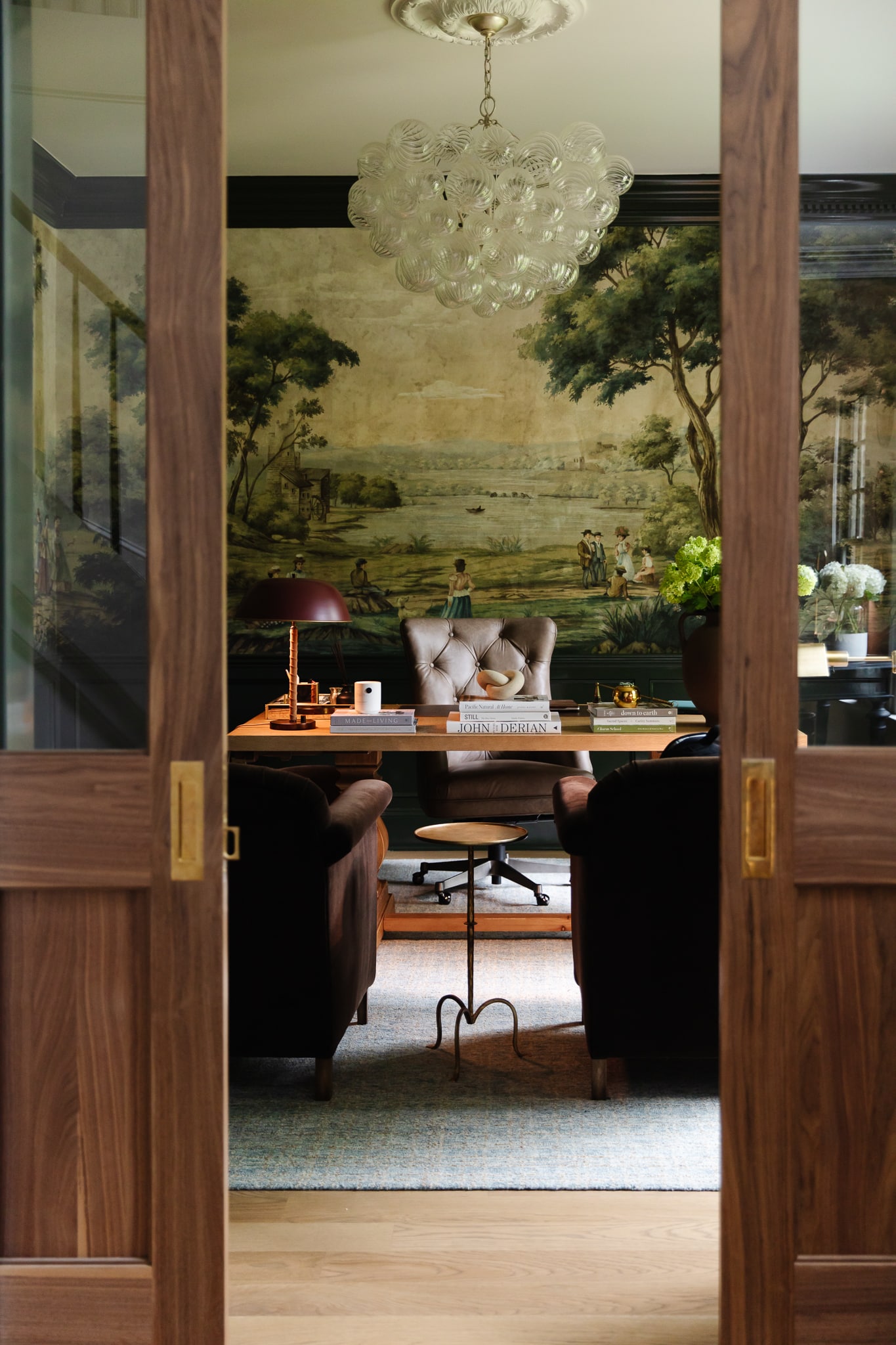
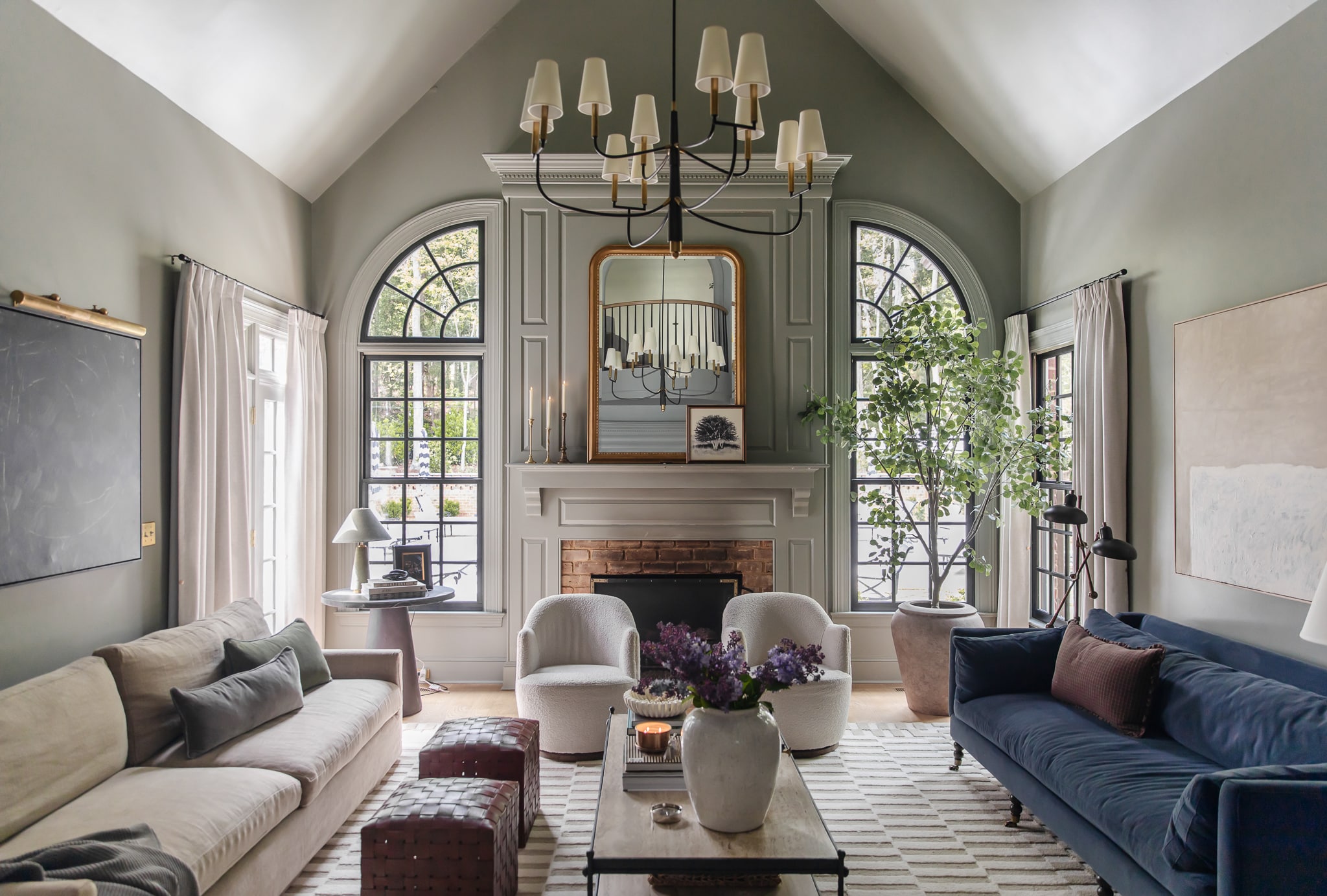

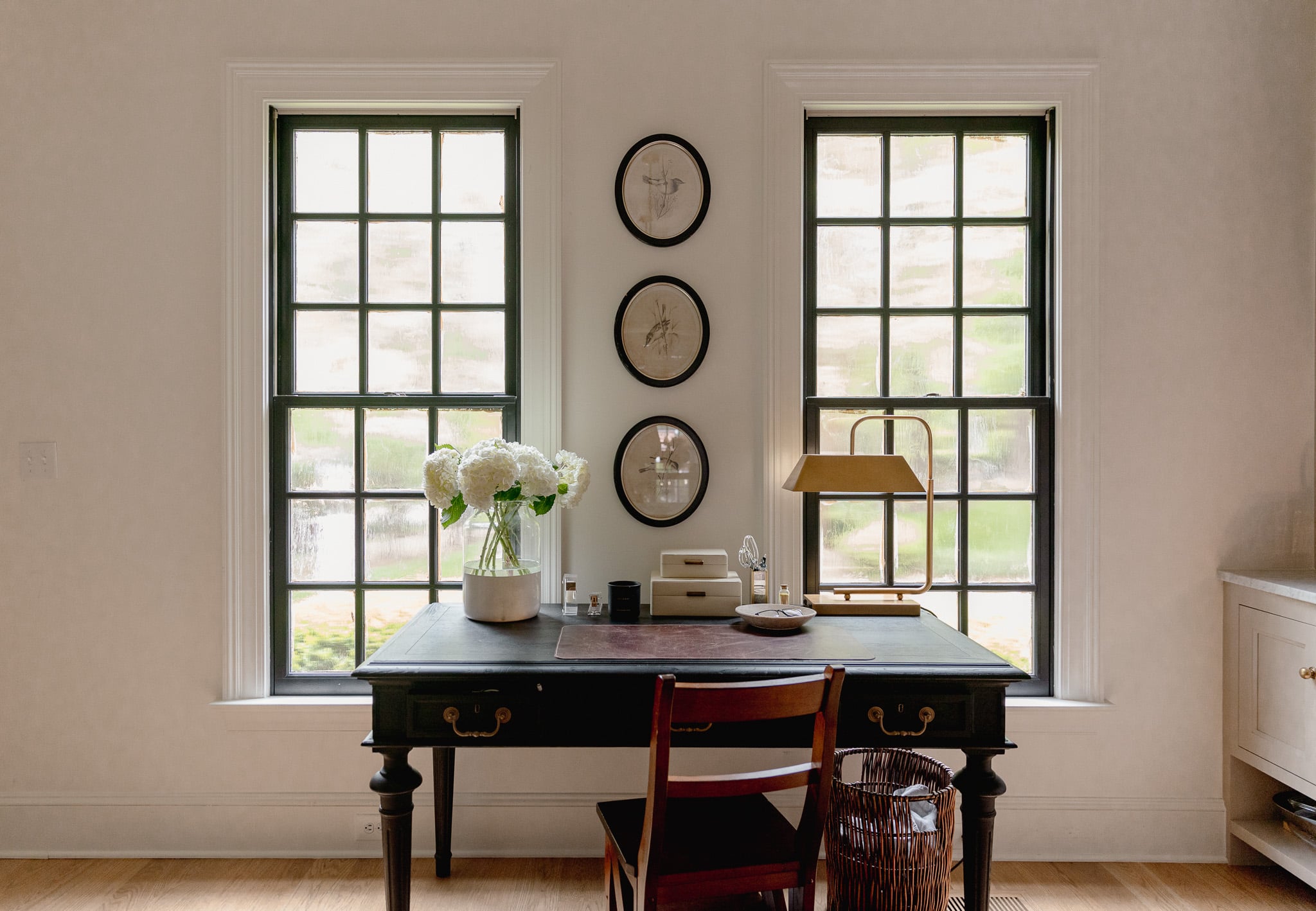
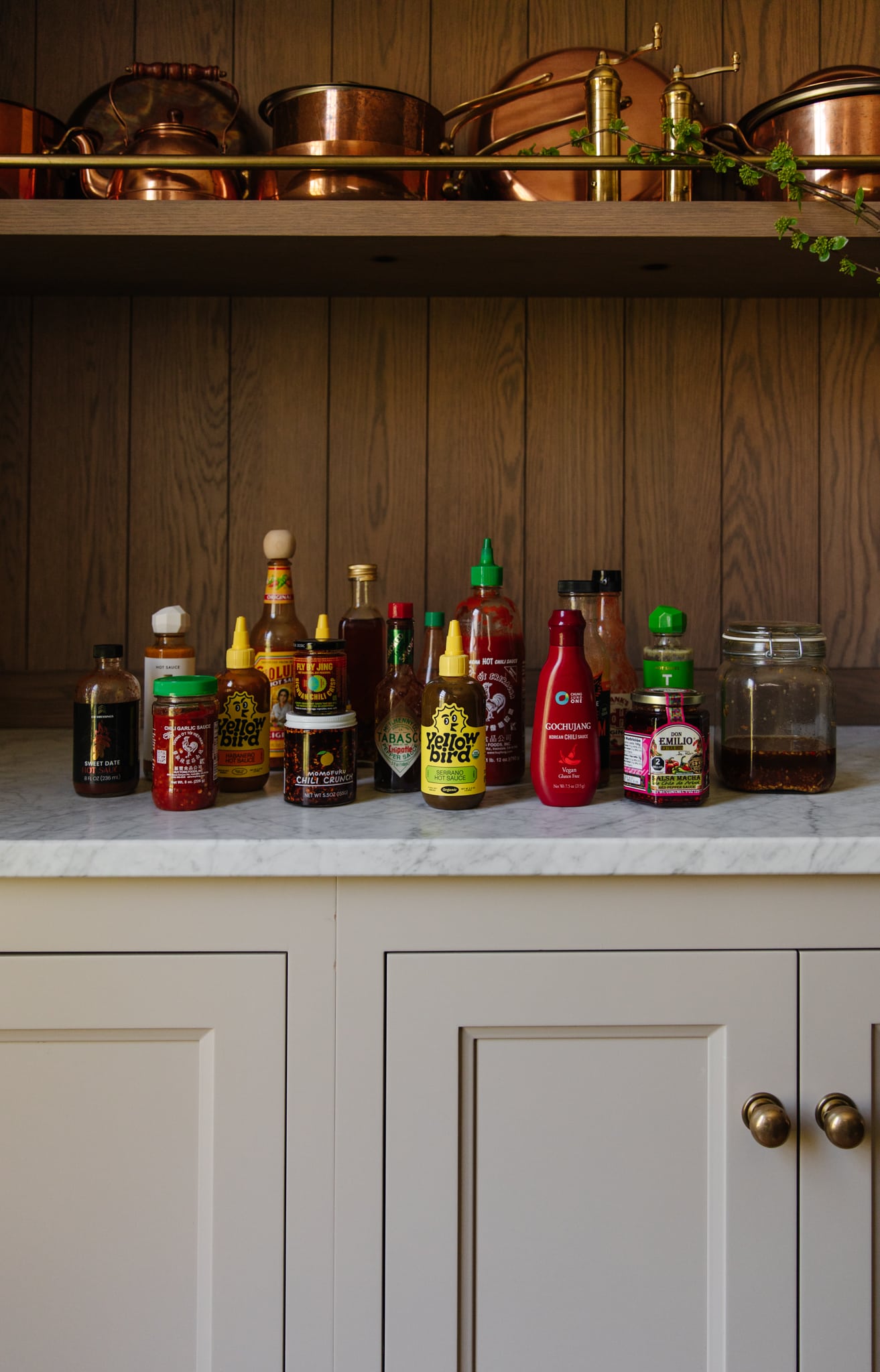
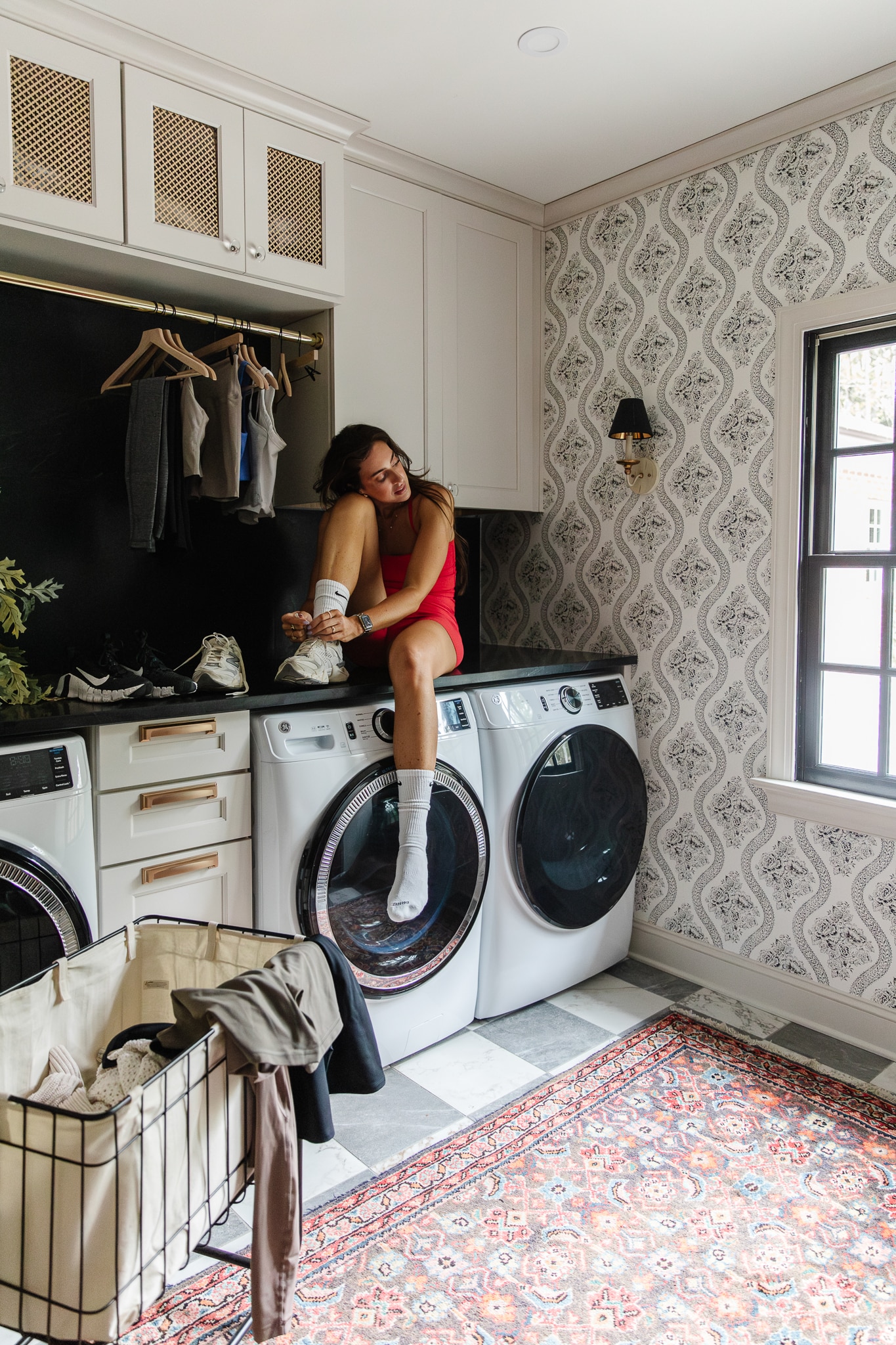
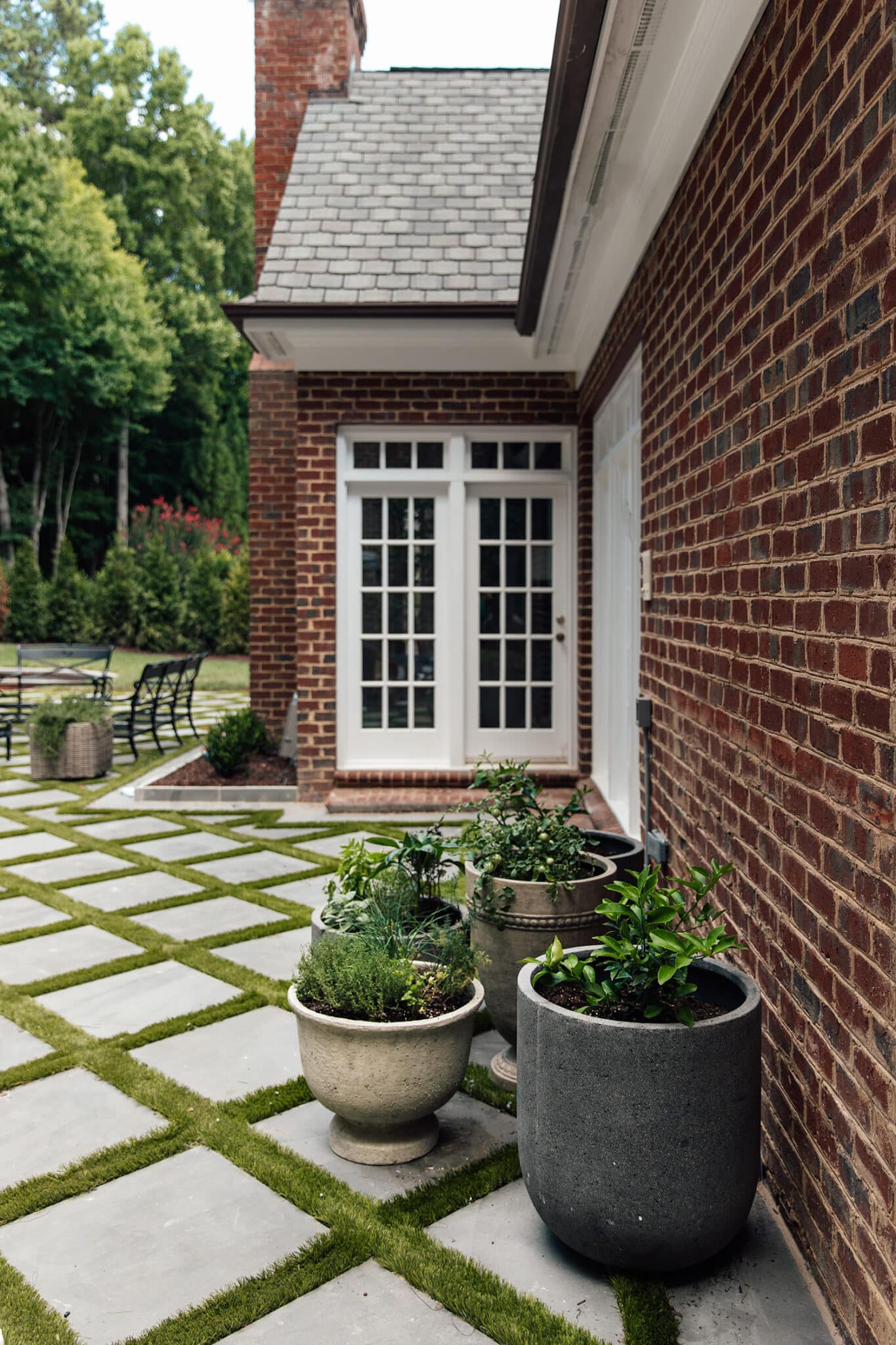
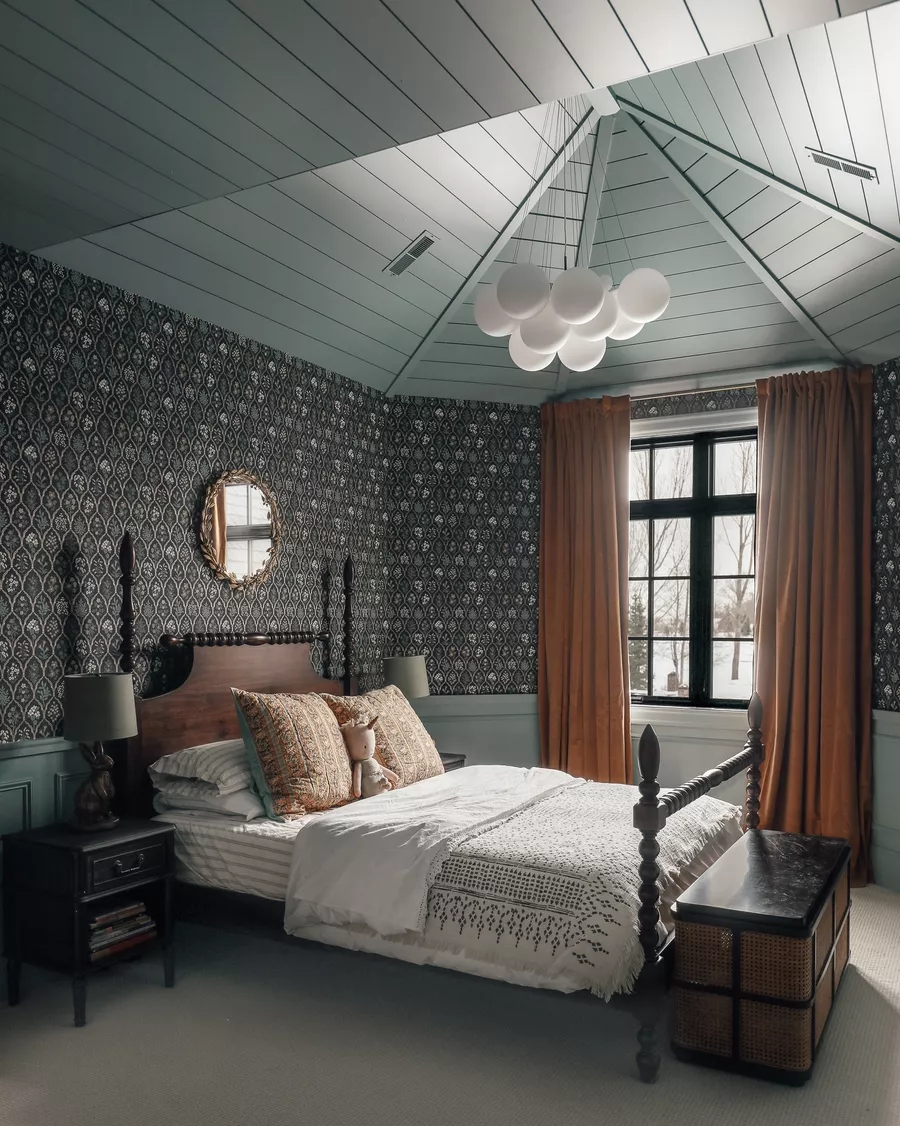
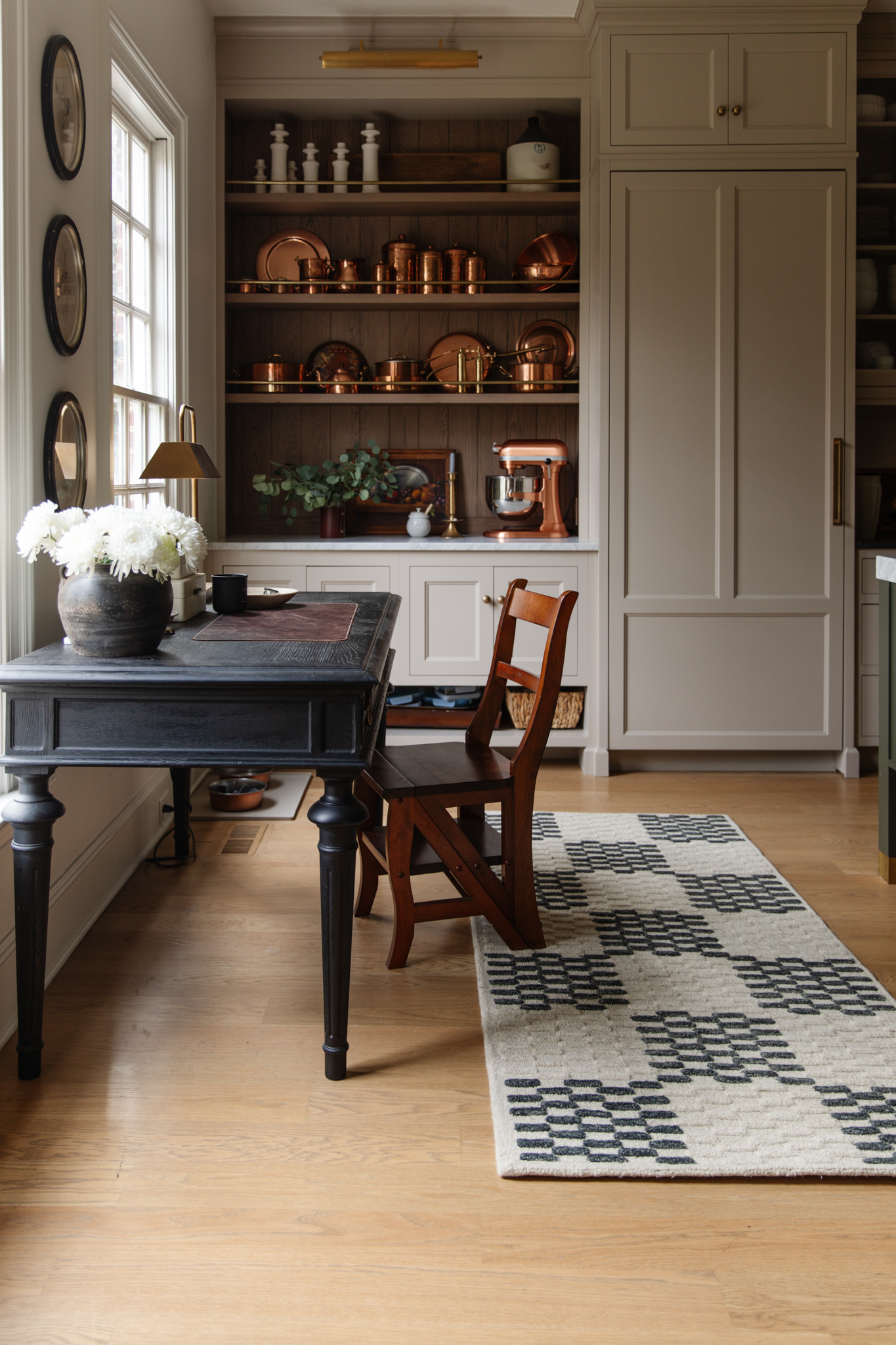
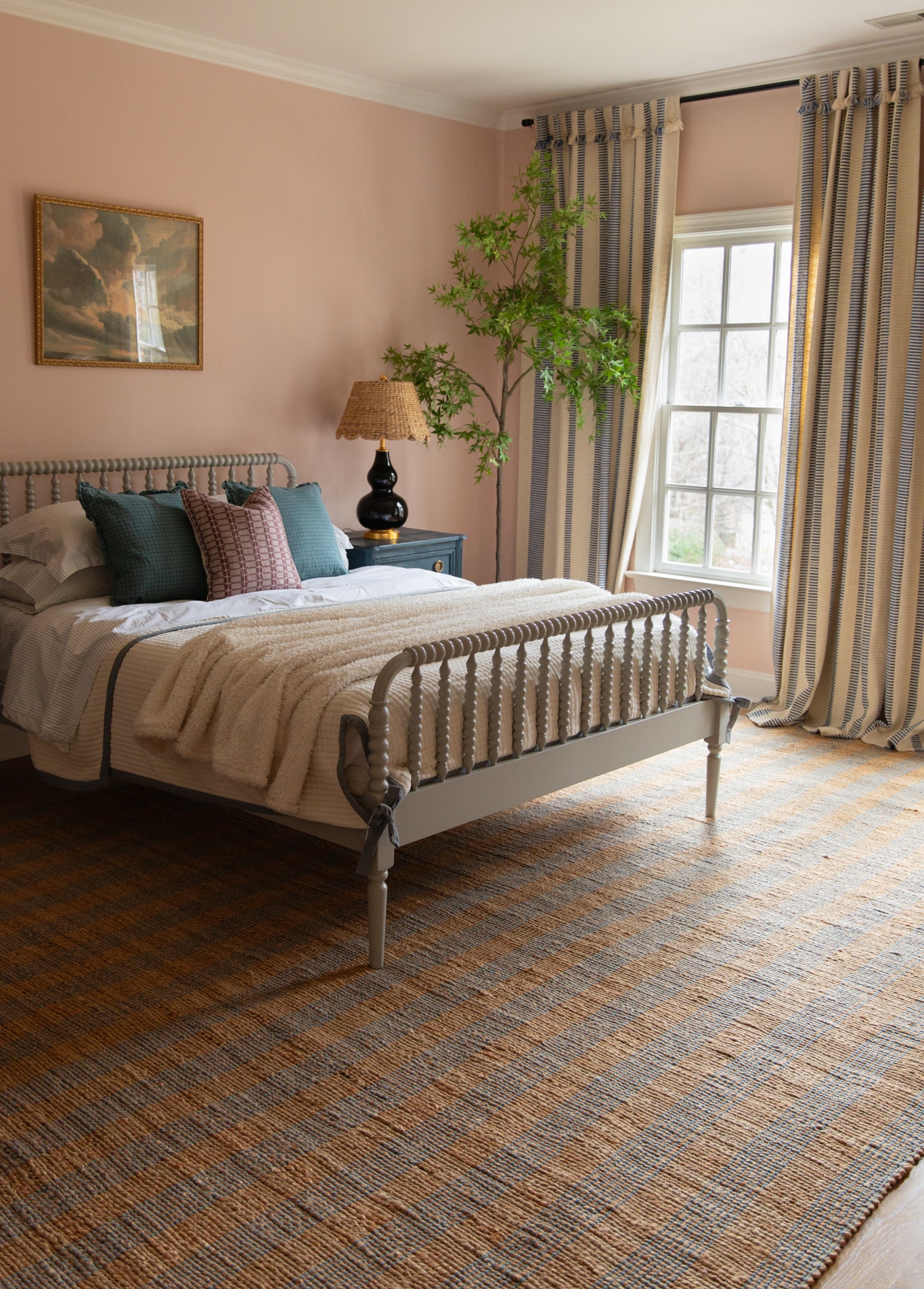
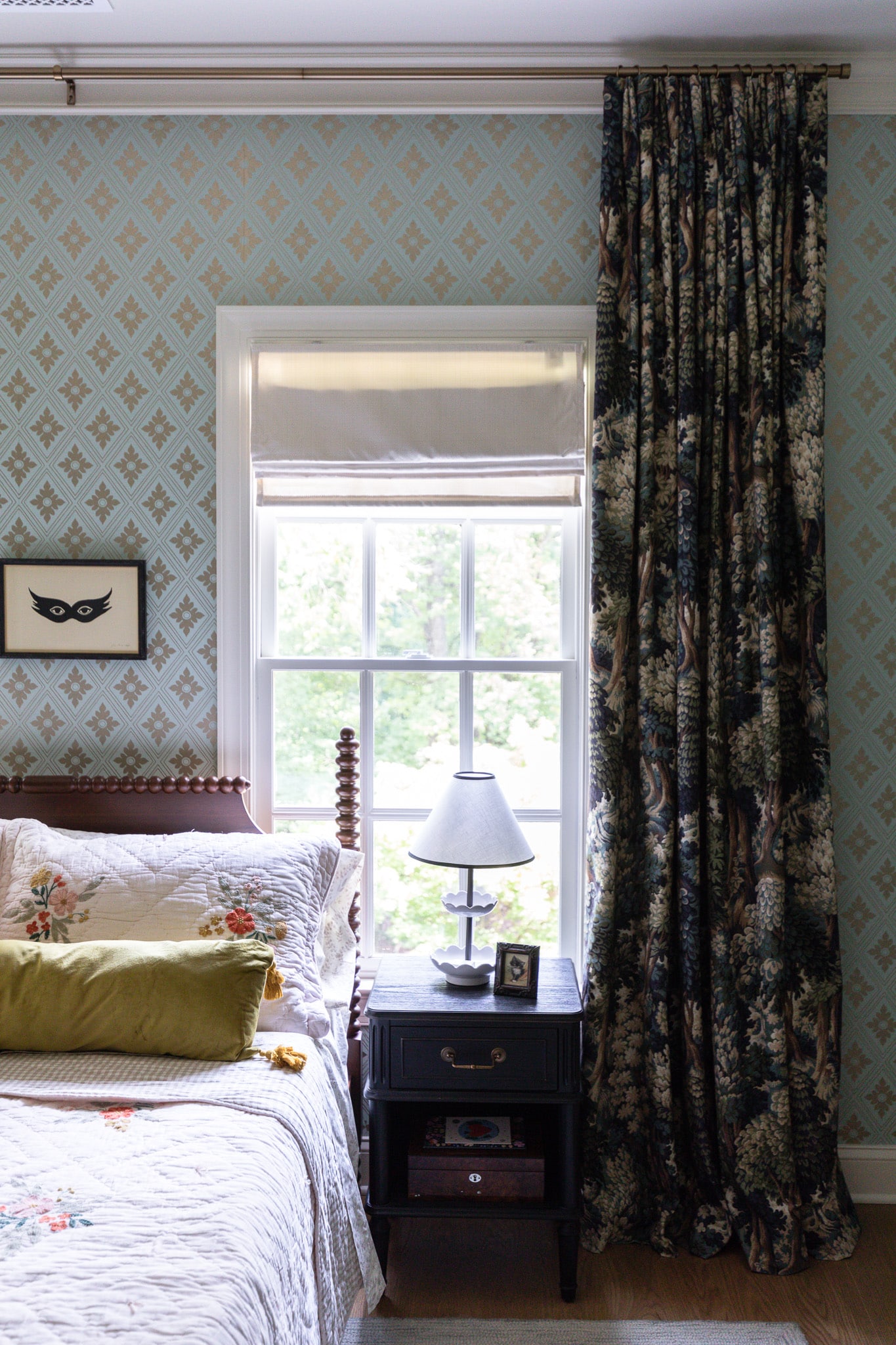
Thank you so much for all of the information. I am curious whether the designer fees are included in the $200-$250K, if you are comfortable sharing? This was a really helpful post, and the house is looking awesome!
Hey Tracy! We did a trade with Studio McGee, so the designer fees are not included in the $250K which really helped our budget go farther.
Super helpful! Question – how are your Stuga floors holding up? Are you seeing much color change with the Ingrid? We are considering those for our renovation but are worried about sun exposure, and the sample we received is a little rougher than expected, too.
Our floors still look incredible, even with all of the construction over the last year. Ingrid has a super matte finish, so it’s not going to feel as shiny smooth as some other floors, but it’s incredibly durable.
Thank you for such an insightful and honest post. What was the biggest chunk cost wise, in the exterior renovation? Are you counting mold remediation in that number?
Yup! That and the roof were definitely the biggest.
Great article
Loved this and totally agree with everything you’ve said. Your advice and explanations are really well-written and relatable, it’s a skill! Thank you too for your honesty.
I am an accountant with many years experience forecasting and budgeting for non-profits. My husband is very smart and organized… but somehow, we just couldn’t have a productive financial conversation before YNAB. It’s not a budget when you approach it this way: it’s a set of agreed priorities. It collects all the decision making into one clear conversation, so the actual transactions are freed up to be fun again!
I love your 30% rule. I’m much more comfortable with the cushion- it’s worth the wait to be rid of that particular anxiety.
thanks for your testimonial, Shannon!
No joke: YNAB saved my marriage. :)
My husband is naturally terrified to spend any money, worried we won’t be able to afford things, or run out of money when unexpected things come up; I tend to underestimate what things cost (and use money as it comes in). Not a great match!
Enter YNAB!
We see every dollar come in and go out; we make a plan for where to spend and where to save. We have an ACCURATE accounting of our finances, so both of us feel 100% confident when we make decisions on whether and how much to spend.
Such a life changing habit, with almost zero work. I spend about an hour per month categorizing expenses and making plans for the following month’s budget.
We’ve been using YNAB for like 6 years and it just keeps getting better and easier.
Mel – us too!!!! We just were not on the same page and started YNAB on a whim. We’re 3 years in and LOVE budgeting and projecting because we HAVE the money before one hammer swings.
Thank you so much! This was incredibly helpful. I’m about to embark on some major renovations. We’ve been using YNAB for about 6 years. It has changed the way we manage and think about finances. Highly recommend! My only regret is not using it sooner.
Sooo helpful–thank you!
Thank you for this thorough and generous post! I still have a question that may be of interest to others (or maybe you answered it previously): why aren’t you able to get any compensation for the horrendous mold issue? That is very frightening to all of us homeowners and potential homeowners.
I’m wondering why the mold didn’t show up on the house inspection?
Because it was in the exterior walls, not interior
This was so helpful, thanks so much for sharing and being so upfront with finances, which most would feel uncomfortable sharing. What exactly does your exterior budget entail? Everything on the house, or yard/land too?
Exterior of the house and our front walkway and driveway (which needed fixed because our old crumbling walkway was built into it)
This was such a great, useful and well explained post! Thank you for sharing all this info!
Chris and Julia, thank you so much for your willingness to share financial details! I’m sure you end up getting some eyebrow raises and negative feedback but for the rest of us this is incredibly valuable information. It’s so much fun to live vicariously through your reno (and not having to deal with the stress ????). You guys are great.
Great post! Thanks for all the great tips.
My husband and I are about to embark on our own major renovation journey, so this could not have come at a more perfect time! Thank you so much for providing all of this information!
Thanks for the insightful post! You’ve answered many questions I hadn’t even thought to ask, as well as some things I had wondered about. Budgeting sounds essential!
I love your outlook on renovation! Thank you for sharing all this personal information with us when you could have chose not to. You’ve made me feel better about some of our decisions for our current reno. ????????
Oh my goodness yes to the demo cost! Without a doubt that line item cost surprises me the most every single time!
An extra tip from my experience, don’t pay the final bill until the snagging list has been dealt with. If you leave the snags and pay for the work completed then the contractor will never come back to finish the snagging list because it’s no longer enough money for it to be worth it for them. Be clear that the last bill won’t be paid until ALL work is done.
Very informative Julia. The biggest question I have regarding your exterior reno is how to handle contractors, like the siding guys, who just don’t show up? How long will you wait before replacing them with another crew or do you leave that to your head contractor to decide? And of course, this pushes the painters back on their schedule. I can only imagine how much stress this is causing on meeting your end of the month deadline. BTW, those stone masons are amazing!
This is such an interesting topic for you guys bc writing about renovating/decorating is how you make your living. I like how you addresses both the return on investment angle and the Joy Score consideration. What about the “click score”? I’m not sure if there is already a great word for this, maybe click score isn’t it. It would be difficult for me to do what you do for a living without taking into consideration the traffic a particular renovation might generate. Are bathrooms more popular than kitchens? Do you tease out how much income each post generates and make scheduling decisions accordingly or is it way more complicated than that? How does that factor into these decisions?
Great article! It was very informative.
I just love and sooo appreciate your transparency. Not to mention, this post was super insightful. Keep doing what you’re doing!
YNAB changed our life. We started using the app a year ago and we went from wondering why all our money was disappearing to saving half our income!!! I try to get everyone I know to sign up for it!
This is a great, and very realistic post. I work in construction as a project administrator for a high end custom home builder. A few other items jumped into my mind while reading.
1. READ YOUR CONTRACT. Throughly. Twice. Have a very very complete scope of work, including things like 3 outlets in the bathroom or includes 2 dormers on your roof. Never assume something is included if it is not listed in your agreement. And if a contractor says “sure we can do that for no extra cost” get it in writing!! I bring this up in a post about budgets because so many clients assume crown molding or something else is included, but our pricing does not include it (nor is it listed in the scope of work) and it leads to increased expenses for the client and frustration for everyone.
2. Never pay 100% up front. Ever. 20% deposit should be plenty to secure your place in their schedule. Occasionally if we are special ordering an item we will ask for that cost, but you can request a title transfer doc as a client. (IE once you’ve paid for the ERV unit, it is your property. But also ask your sub to carry insurance on the specific item if it is not on your site.)
3. The American Institue of Architecture has a standard billing procedure that is excellent. In essence the GC bills the client each month, for the work completed in that month. It’s fair to both the client and the GC. The client never has too much cash extended or too much risk, and the GC is paid in a timely manner which does incentivize work. Money talks.
4. Take whatever the GC estiamtes the schedule and multiply by 1.5. Never fails. If they estimate 4 weeks, it will be 6. A year, it will be 18 months. And you might get surprised by an early finish.
This is such helpful advice, thank you!
Agreed – great resource for understanding a logical, fair, standard payment breakdown for a project. Thanks!
I love all of this. And while a lot of it just seems like common sense, I know it’s radically different messaging than from most things people get bombarded with throughout their life, so it’s important to state. Thank you for doing so.
These are all questions I always wanted to ask but out of respect for your privacy never did or would. Thankfully somebody else did! Thank you for your honesty and transparency. GREAT post!
This was realistic and transparent, especially in an HGTV/Instagram world where renovation is portrayed as a. 30 minute magic trick! Ta-da! I really appreciate your take on budgeting and phasing your projects. Thank you!
Perhaps my question is not welcome, and if so, forgive me! I am wondering—did you paid cash for your house or do you have a mortgage? (Being able to pay off our house would make a huge difference for us in saving and budgeting.)
We have a mortgage!
We have been using YNAB for over 5 years. Shout out for a great tool that keeps us on track!
Great tips! I know some people’s takeaway will be “WOW I will never have that kind of a budget!”, but I for one am thankful you have that available so I get to live vicariously through your renovations! :)
This has been my favorite non-makeover post that you have written! Thank you for laying it all out there and for your transparency. So helpful!
Love love love YNAB! It has a bit of a learning curve but is an amazing tool to prioritize how you want to spend and save your money. It is unlike any other budgeting tool I’ve tried to implement.
This is really good information. Thank you for sharing!
Whew…that’s a lot of detail! Thanks for being so thorough. You answered many of my questions and then even follow up questions that came to mind as I was reading. Goos stuff!
Wow what a write ???? so good. Even I don’t renovate it was nice to read.
I will look at that ynab … maybe it will in DK to☺️
Love to you and your family
Nice to follow you ????????
Ann G
While you are dealing with a higher budget amount than I am (or probably ever will be), this was so much good, solid information about budgeting that works at any price point. Thanks for the tips and transparency!